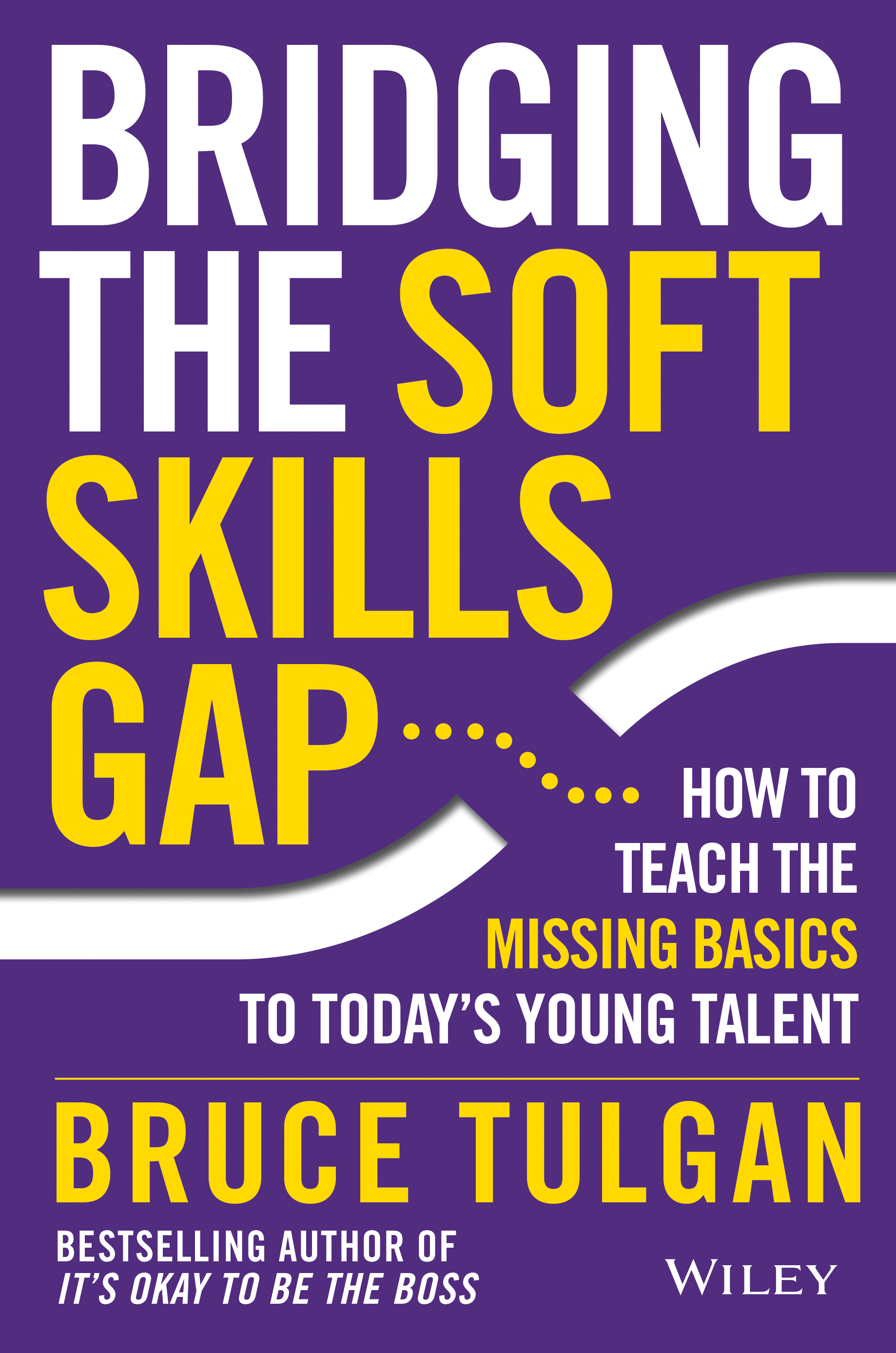Blog
Soft Skills: Teaching Personal Responsibility
When it comes to teaching personal responsibility, the key is shifting someone’s focus to the factors that are within their own control. Most often, when an employee struggles with personal responsibility, it is because they are unable to see beyond the factors that are outside their control.
Of course, those outside factors will always be present in the workplace. There is no way for anyone to avoid outside complications entirely. The difference is that those who take personal responsibility can shift the focus from external blame to internal inquiry:
- What things are within my control, right now?
- Where will I focus my attention and energy?
- What are my options?
- What’s the plan?
- What are my next steps?
[RELATED: 10 Best Training and Development Books to Read in 2021]
Shift the Focus to Personal Responsibility in Three Steps
As someone’s manager, it is up to you to make soft skills coaching a priority in your regular 1:1 conversations. If your goal is to help someone improve on personal responsibility, kick things off by asking them to make a list of what gets in their way at work. Here are some common examples:
- Resource constraints—insufficient information, materials, or tools
- Not enough time
- Too much work
- Other people not doing their part
- Competing priorities
- Interruptions
- Unclear lines of authority
Choose one of these factors to work with.
[TAKE YOUR 1:1S TO THE NEXT LEVEL DOWNLOAD THE STRONG LEADER’S GUIDE EBOOK]
First, ask the employee if they can think of a recent example of a time this outside factor got in their way. Challenge them to be as specific as possible. Exactly how did this factor get in their way? Who was involved? What happened, step by step?
Second, ask the employee to examine the parts of the story that involved only them. What did they do? What where their thoughts, words, and actions? What options were available to them? Was there anything they could have done differently? Why or why not?
Third, have the employee reflect on this information and use it to create an action plan for the future. When is this factor likely to get in their way again? What options will be available in those scenarios? How can the employee change their behavior to improve the overall outcome?
The Response Power Mantra
After engaging in this process once or twice with a direct report, it is time for that person to start applying this personal responsibility technique on their own. People sometimes find it difficult to do this on their own because it makes them feel powerless. They might believe that focusing on their own thoughts and actions means they are not standing up for themselves. The reality is that you cannot control others, no matter how hard you try. The only thing you are in total control of is yourself. Your own responses are where you hold the most power in any situation.
Encourage employees to think of personal responsibility in terms of “response power.” While they may be unable to influence the outside factors that are getting in their way, they do have the power to choose how they respond to the situation.
This is the response power mantra:
- What is outside my control?
- What is within my control?
- What are my options?
- What are my next steps?
Improve soft skills on your team
Get more insight, advice, and tips like this in Bridging the Soft Skills Gap.
